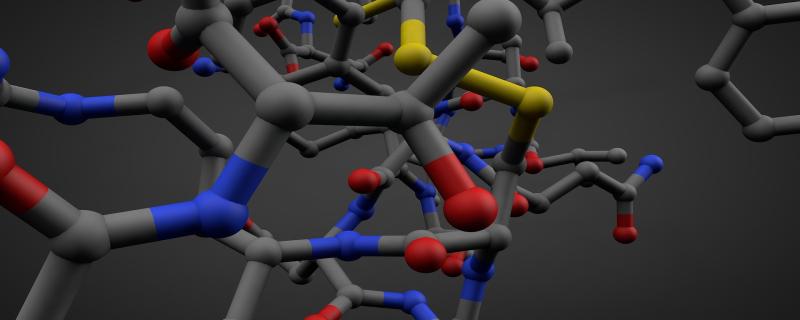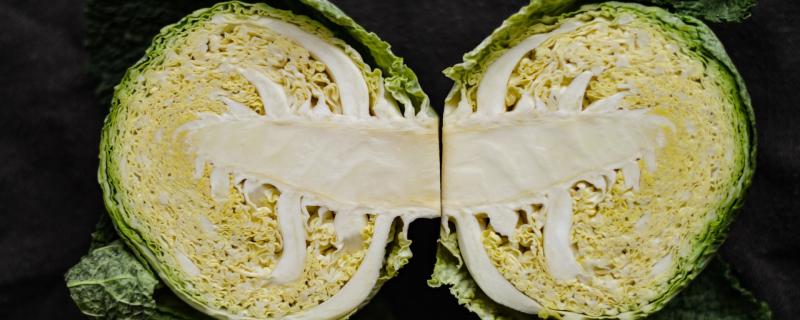Nanomaterials are revolutionising the way we do things with applications in medicine, electronics and biocompatible materials, to name a few. Scientists are studying various nanoforms of carbon—nanotubes, nanocones, nanohorns, two-dimensional graphene and even carbon onions! Now, researchers from the Indian Institute of Technology Bombay have added a new form to this list called nano carbon florets. These nano-sized florets, shaped like marigold flowers, have much more than just good looks to flaunt; they can help keep the environment clean by removing harmful heavy metal pollutants from industrial effluents. In a study published in the journal ACS Applied Nano Materials, Prof C Subramaniam and his team from the Department of Chemistry have designed nanocarbon florets that can remove up to 90% of pollutants containing arsenic, chromium, cadmium and mercury.
Researchers have built two-dimensional materials-based transistors and used them to design ultra-low power artificial neuron circuits for autonomous robots.
Mumbai/ Apr 22, 2024


![Solar flares - [Image credits: Solar Dynamics Observatory / Public domain] Radio-images of the Sun explains the anomaly in its atmospheric temperature](/sites/researchmatters.in/files/styles/large_front_800x320/public/arcing_active_region.jpg?itok=clat14v5)







